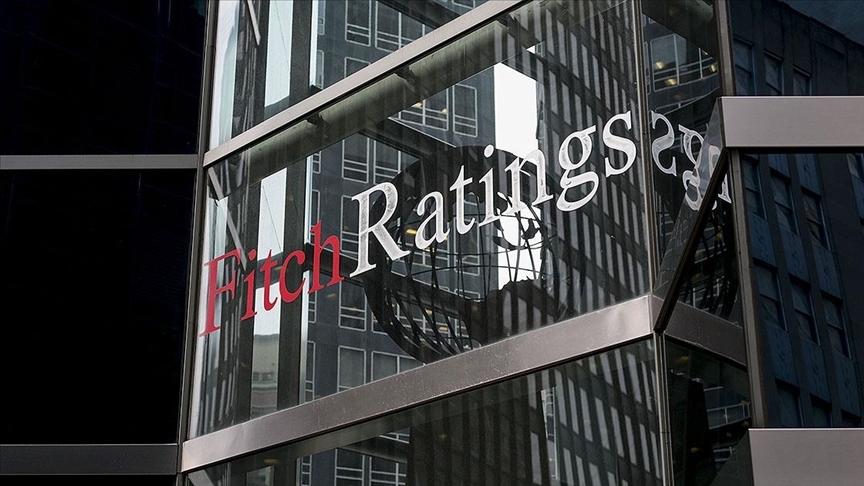ASTANA – Kazakhstan’s banking performance metrics will gradually moderate in the medium term due to slower inflation and potential additional regulatory charges, according to the latest Fitch Ratings report on Oct. 4.

Photo credit: aa.com.tr.
The report covers 20 banks representing 99.6% of Kazakhstan’s banking sector assets and says the sector’s intrinsic profitability will remain strong, commending Kazakh banks’ robust performance for the first half of 2023.
“Inflation-driven high-interest rates boosted net interest income, including on large securities holdings, and the banks also generated strong non-interest gains. The sector-average net interest margin was a solid 7.4%. Sector net income exceeded one trillion tenge (US$2.3 billion), corresponding to an annualized net return on average equity (ROAE) of 41%, due to a limited cost of risk,” says Fitch.
In his Sept. 1 state-of-the-nation address, President Kassym-Jomart Tokayev also noted that last year, the banks’ net profit was almost 1.5 trillion tenge (US$3 billion), compared to the first half of this year – one trillion tenge (US$2.3 billion).
“Such super-profitability is not the result of efficient work by the banks, but mainly a consequence of the high key interest rate used by the National Bank to fight inflation,” he said.
He emphasized the need to consider a more equitable redistribution of the profits corresponding to the country’s interests.
In the first half of this year, retail lending growth moderated by 18%, while non-retail lending remained largely flat. The report says the asset quality was stable, with the average impaired loan ratio at the ten largest banks equal to 8.3% of gross loans.
Fitch notes that “banks’ strong buffers of pre-impairment profit, reaching 13% of average gross sector loans in 2023, will be sufficient to cover potential credit losses in our baseline scenario despite our expectations of weaker retail loan quality in the second half-year of 2023 to 2024 due to inflationary pressures and stagnant real income.”
Banks’ solid capital ratios also provide high loss-absorption capacity.
Kazakh banks’ funding and liquidity profiles were supported by significant deposit growth of 17% in 2023 and large cushions of liquidity of nearly 40% of sector assets by the end of the first half of this year.
The report’s data was sourced from the banks’ regulatory financial statements, National Bank of Kazakhstan, Kazakhstan Stock Exchange (KASE), and the banks’ published interim International Financial Reporting Standards (IFRS) accounts.
In its Sept. 8 report, Fitch noted Kazakhstan’s banking sector has displayed increased resilience in recent years despite the criticism from President Tokayev regarding the business models of banks in his address to the nation.


